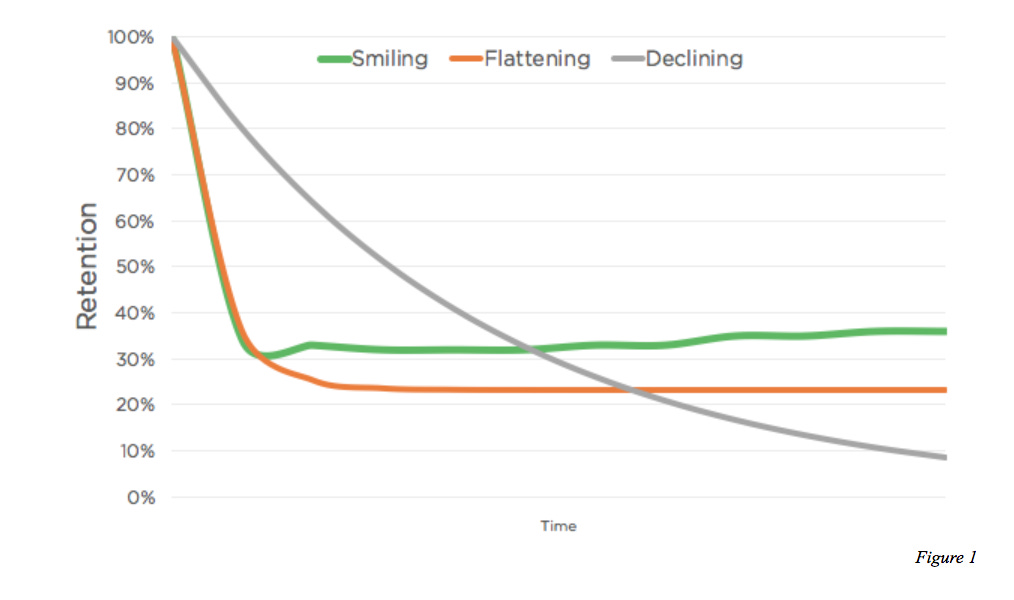Do You Have Product Market Fit?
Defining product market fit, sign up for open office hours and 5 things you should read.
Hello!
Since this newsletter is primarily for current and potential founders, we decided to add the 400+ founders who have applied to Iterative. So if you’re wondering why you’re getting this, that’s it. We hope you find this newsletter useful. I’d love to know what topics you’re interested in learning about. Reply to this email with your thoughts or just to say hi 👋🏼.
We have started recruiting for our 2nd batch (W2020) that starts in late January. If you’re working on something, you should apply. If you know someone working on something, you should recommend them.
We also might be secretly starting a podcast to interview founders on how they got started and what the early days were like. When talking to potential founders, they often say they don’t know any founders and so it’s harder to see themselves as a founder. Hopefully by having founders share stories of how they got started, it’ll make entrepreneurship more accessible.
👨🏻🏫 Open Office Hours
We're excited to host open online office hours for startup founders every Friday throughout October. Office hours are 20-minute sessions between you and one of our partners, where they try to help you with your startup as much as they can. This is very similar to the partner meetings we hold with companies during the batch.
If you're working on something and want some quick help sign up for a slot. Interested but want to know more about how it works? Find out more here.
📝 Product Market Fit
Product market is one of the most commonly misunderstood concepts in early-stage startups. Thinking you have it, when you don't, is often lethal. There's a whole set of things you should do (hiring, opening new countries, spending a lot on marketing, etc.) if you have it but could kill you if you don't.
The confusion is understandable. There is no concrete or standardized test. What you hear most often is "you know it when you have it." Although true, not particularly helpful if you've never seen it before.
Let's see if we can do a little bit better. To me, product market fit is composed of 3 things:
Exponential Organic Growth – My bar is can you grow 5% to 7% weekly for several months. The organic part of this is important because it means people love your product enough to tell their friends.
CAC < LTV – If the cost of acquiring customers (CAC) is lower than their lifetime value (LTV) then magical things happen.
High Retention – If you do cohort analysis and look at a group of people that tried your product in a given period, what % of the people in that group still use your product after say 12 months (see chart below). What "high" retention looks like is very dependent on the type of product you have but think of it this way. Say your retention flattens at 5%, you'll need to attract 20,000 people to keep only 1,000.

What do you think? Would you define it differently?
🤓 5 Things You Should Read
Anatomy of a Seed Round During COVID-19
Fundraising is hard. That's literally the first slide in the fundraising boot camp we run with our companies. Despite that, I think they are still surprised by the number of investors they will need to talk to. Freshpaint talked to 160 investors over 4 months and 18 days. In this blog post, they breakdown where their introductions came from and practical advice on pitching investors.
Interview with Daniel Ek, Founder and CEO of Spotify
I'm a sucker for deep-dive interviews on how people work. They cover a lot (creative process, habits, being a father, etc.) but I was surprised that Daniel purposefully keeps an open schedule so people his team can pull him in on an ad-hoc basis. It's typically the reverse for executives.
Investment Memos on Famous Companies, Before They Were Famous
Fun to read because you know how the story ends. Useful because it gives you a behind the scenes look at how investors think about companies before they decide to invest. They cherry-picked companies that are now wildly successful but 🤷🏻♀️.
How the Biggest Consumer Apps Got Their First 1,000 Users
I read every issue of Lenny Rachitsky's newsletter. If you're starting a new project and looking for your first 1,000 users, this is the playbook. Typically one or maybe two of these will drive most of your earlier growth. What works will depend heavily on the type of product you're building and who your target users are.
How Singapore's Sea is Surfing Southeast Asia's Digital Wave
Sea's market cap has grown 4x this year and at $76.86B, is more valuable than Uber ($63.55B). Yet I rarely hear people in startup circles talk about them and how Forest Li got started. Fun fact, he was a graduating student at Stanford when Steve Jobs gave his famous commencement speech.
About Iterative
Iterative invests US$150K in batches twice a year. Upon admission, we invest the full amount upfront then work with the founders closely on their idea for 3 months. At the end of the 3 months, they present to a select group of investors with the goal of raising a larger round of investment.
If you’re working on a startup, we would love to have you apply. If you know someone working on a startup, recommend them.

